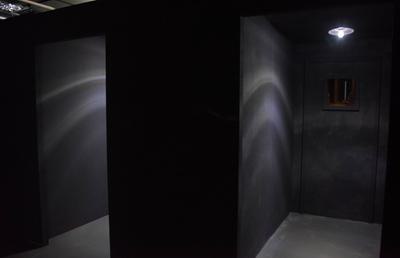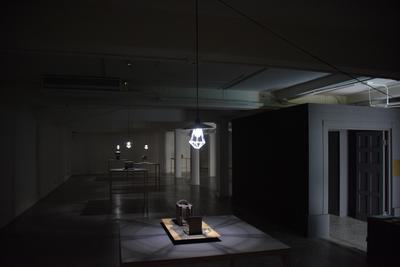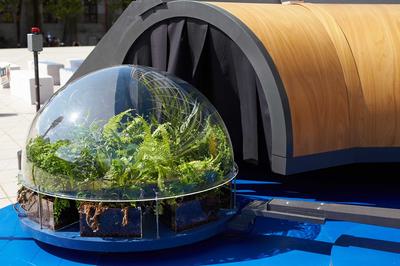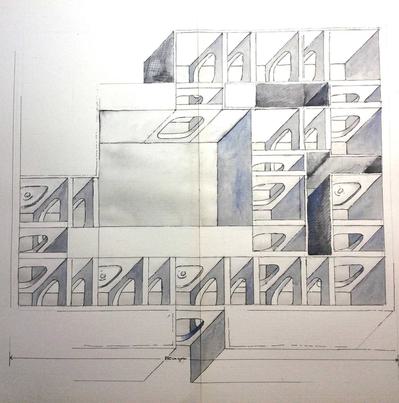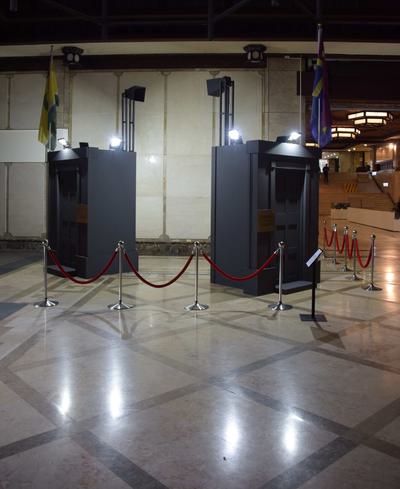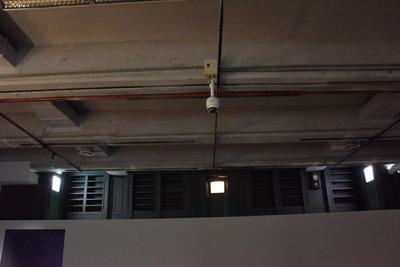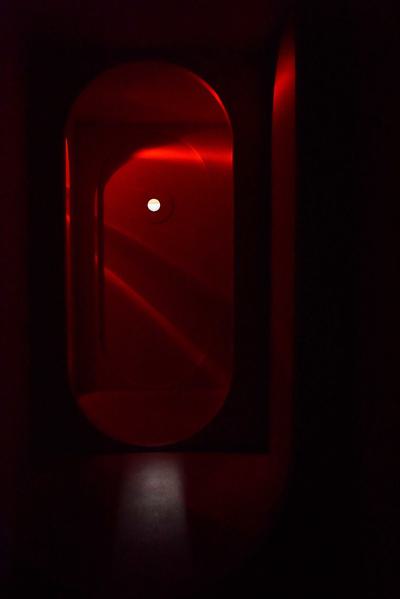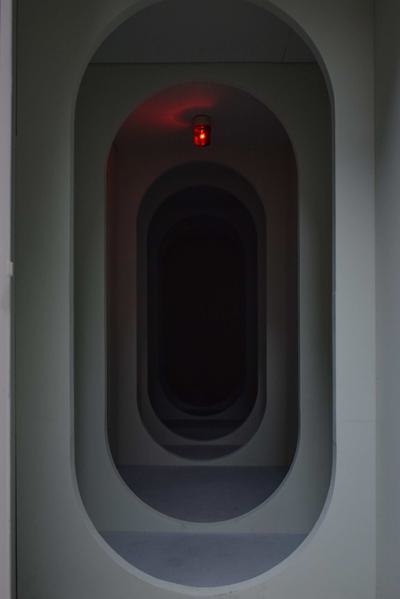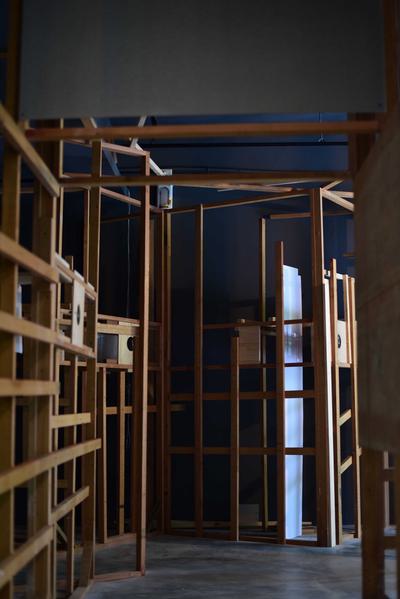Duncan Mountford
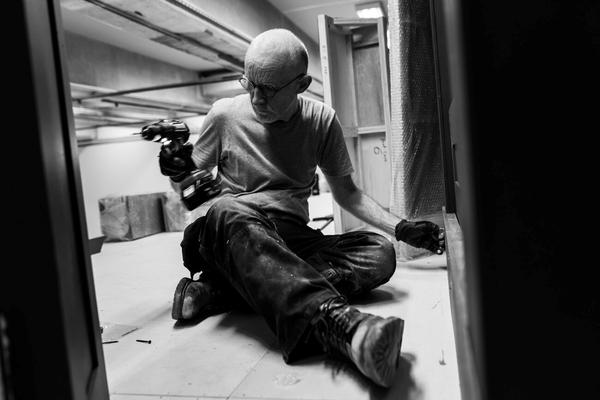
The focus of my work between 1998 and 2003 was the relationship of installation theory and practice to museums, specifically museums of science and natural history. The contention was that museums are installations - works of imagination. This enables such objective institutions to be interrogated for their connections to themes of memory, loss, and melancholy. The research drew on a wide field of reference, beginning with the critique of the museum as institution and ending with the ruin of the museum as a cultural and personal metaphor. The work since 2003 develops the above central ideas and draws on both the history and philosophy of the natural sciences, museums and scientific institutions, and on how history leaves traces that can be discerned in multiple contexts. These themes are addressed via installations within which are placed optical ‘devices’ of lenses, mirrors, and lights with integral video and photographic slides. The videos are explicitly non-narrative, fragments that enable cross connections with no imposed linear structure. This video is mediated via the lenses and mirrors within the devices, and this in turn makes the viewer aware of their relationship with the video imagery - the devices providing one optimum viewing position. In like manner, the photographic slides are unclear (uncertain is the term I prefer) and the end result of the mechanism of projection rather than a stand-alone image. Since 2007 my research has included a questioning stance towards the European Enlightenment perspective of the world with specific regard to the Far East – a term that itself illustrates this point. The work examines contemporary readings of culture and history alongside the critical examination of Eurocentric perspectives.


